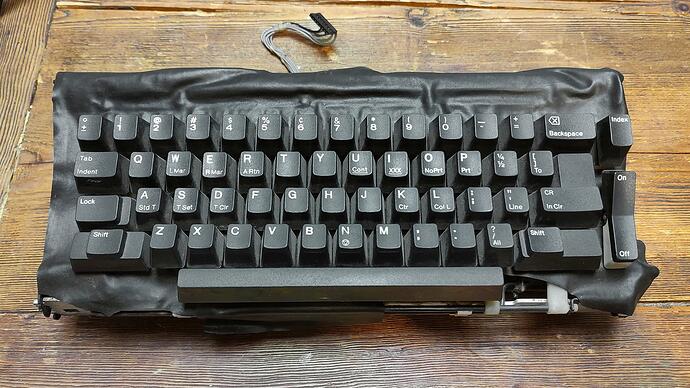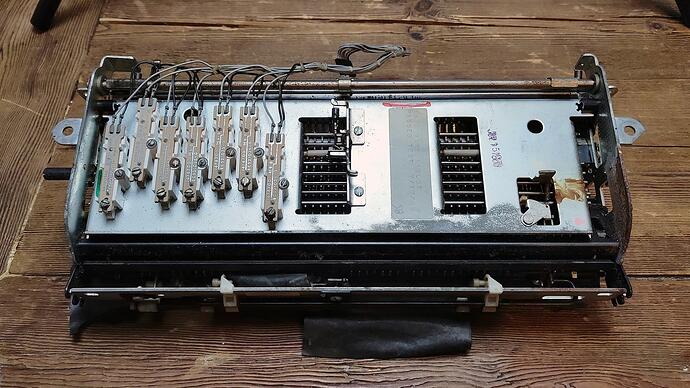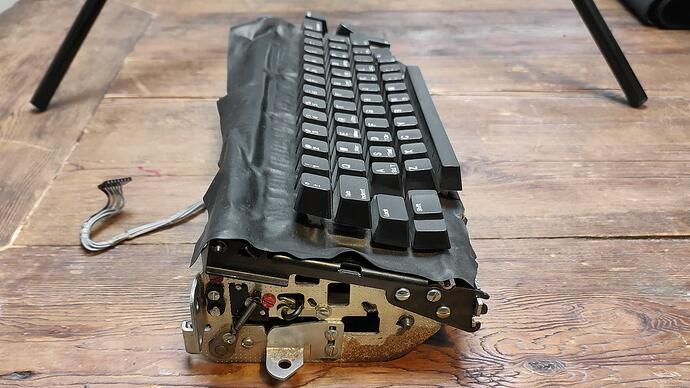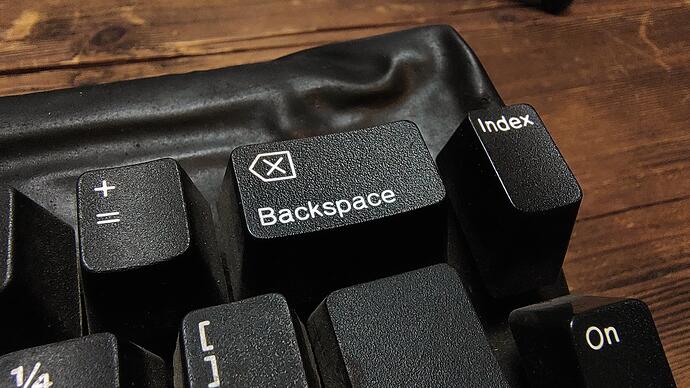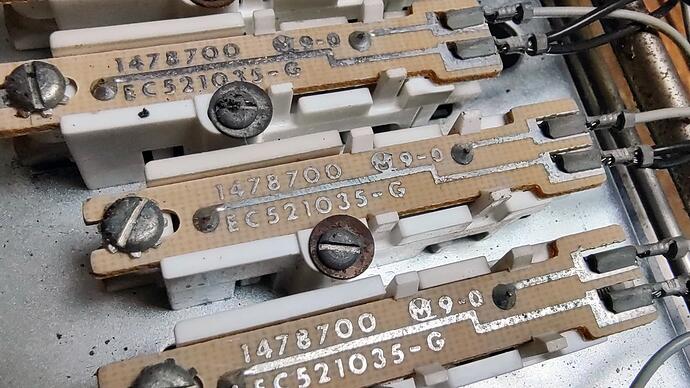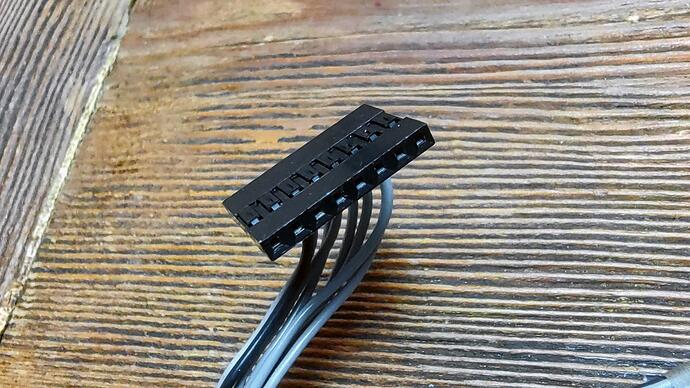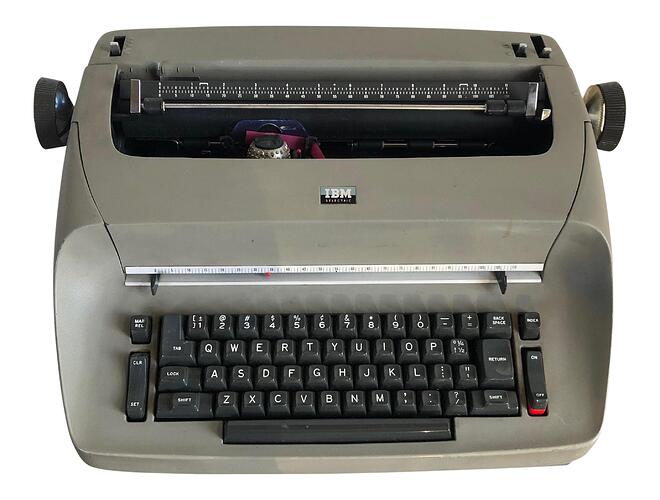My latest arrival, an IBM Electronic Typewriter model 50/60/75 keyboard assembly! I almost laughed when I picked it up - It’s a real dense brick at around 4.1kg! I got this assembly on its own - I didn’t personally ‘shuck’ a typewriter to get it (that’s not my style).
My understanding of it is still fairly rudimentary, but I aim to ‘fix’ that and document this keyboard. You may mistake it for an IBM keypunch if you’re familiar with those, but those use contact bails for registering key presses. These use what appears to be magnetic reed switches instead, 7 of them visible on the back, that sense the typewriter-style key-levers. The keycaps haven’t yellowed and their texture is still great, leading me to believe the keycaps are [double-shot] SAN instead of ABS. Model B(eam spring) keyboards of the era were said to mostly use SAN keycaps, so this makes sense.
9 Likes
Is that out of one of these? Or a similar, European model perhaps?
My grandmother had one of these and I’d play for hours on it. For whatever reason, I especially loved the giant, rocker power switch.
3 Likes
This is from a later typewriter than a Selectric (what you posted) and its very different inside. It’s an IBM Electronic Typewriter (specifically, the keyboard is from either model 50, 60 or 75) and it was an intermediate design between said Selectrics and the later Model M buckling spring based Wheelwriters. (There was also a brief series of Model F based typewriters, IBM Electronic Typewriter models 65, 85 and 95, but they weren’t as notable or successful as what came before or after them.)
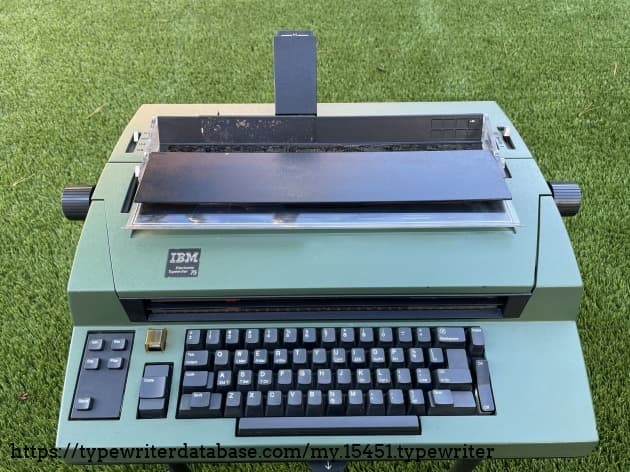
It’s early enough to still use the golfball-like type element, but late enough to have its own little electronic computer inside. Which is where its name and distinction comes from; Selectrics were electric (electromechanical) typewriters, these were electronic typewriters. With Selectrics, you can’t really pull out the keyboard like this since it’s tightly integrated into the mechanism (the famous mechanical analog computer). These were digital, thus had a discrete keyboard with a pinout as you may expect from a laptop. It was IBM’s first typewriter that was more like a low-power computer with a printer than an actual typewriter.
4 Likes
